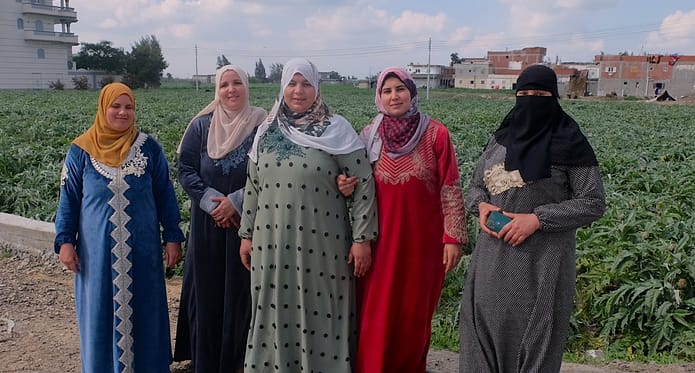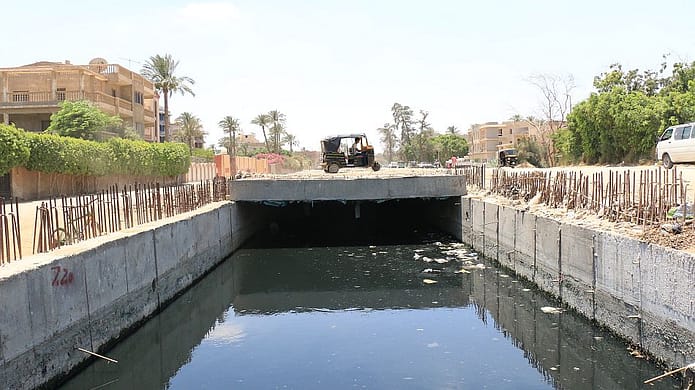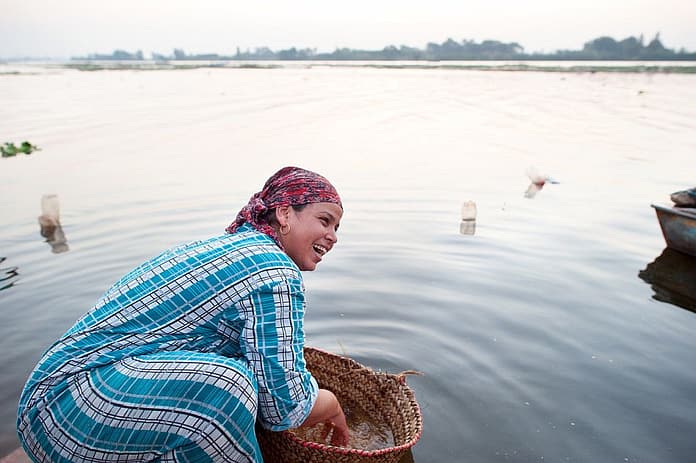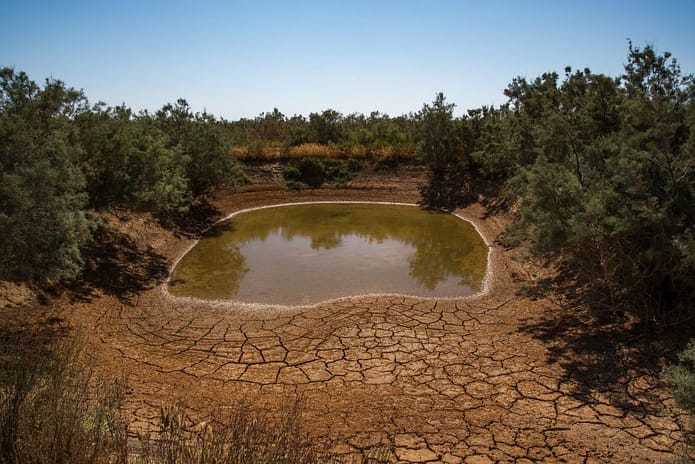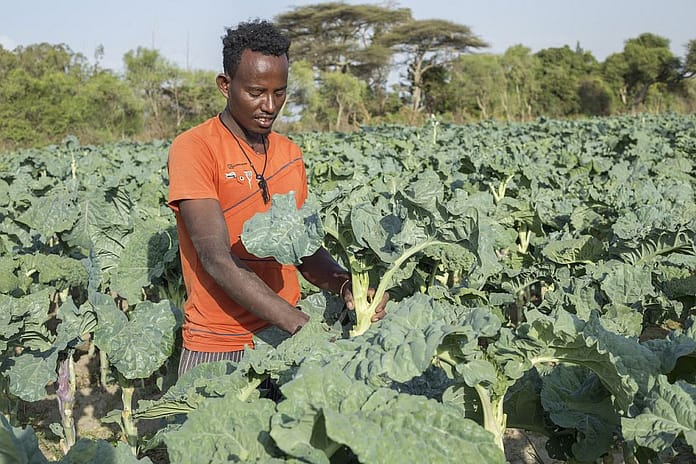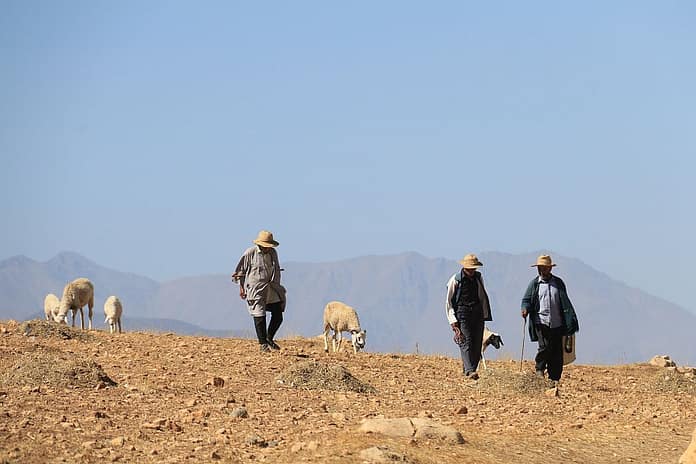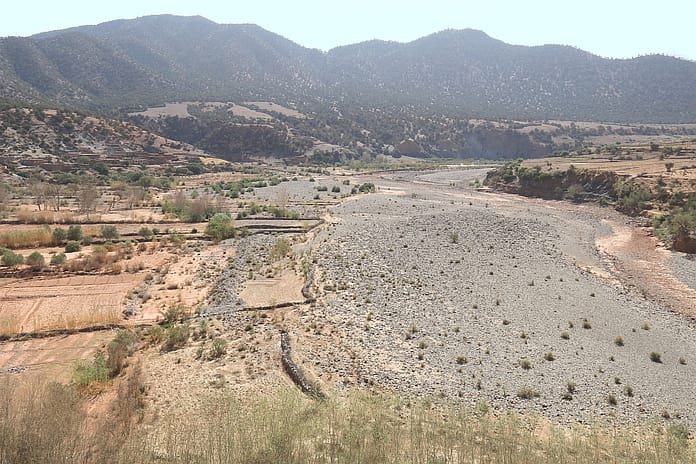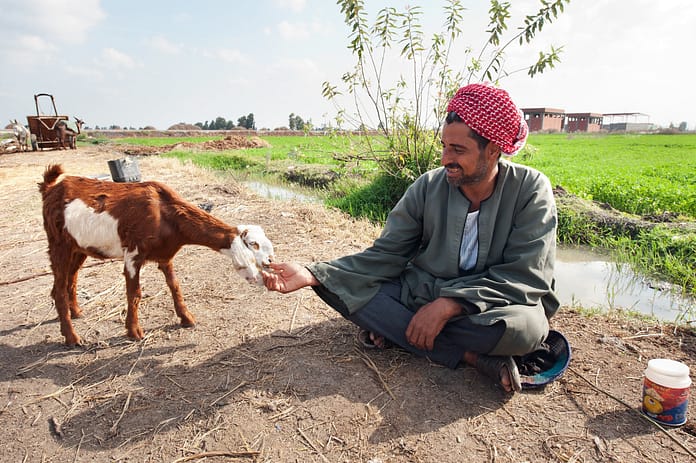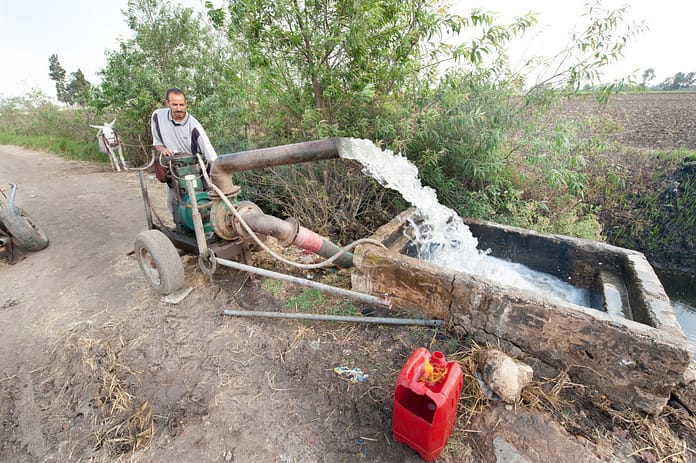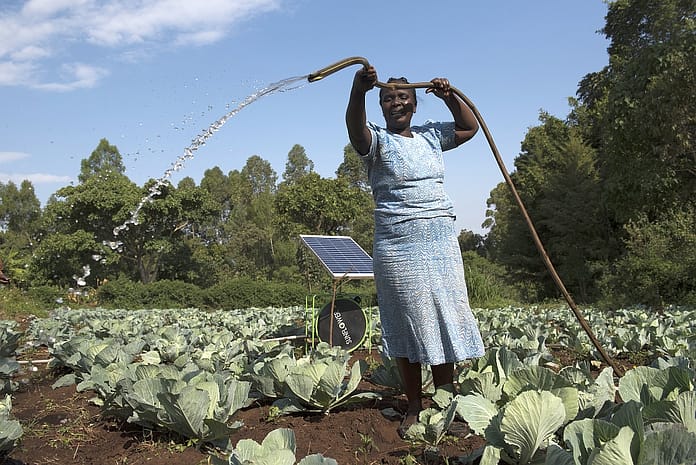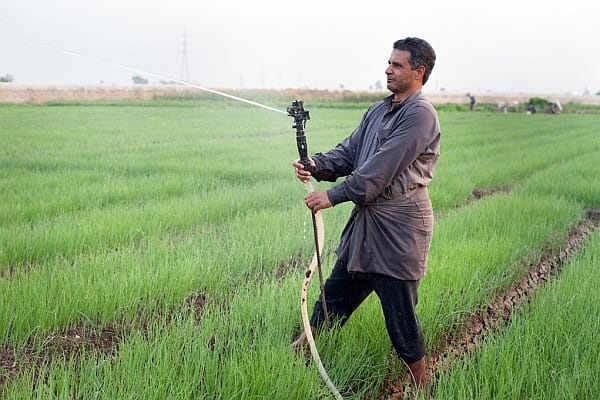By Sawsan Gharaibeh, Louise Sarant, and Stephen Fragaszy
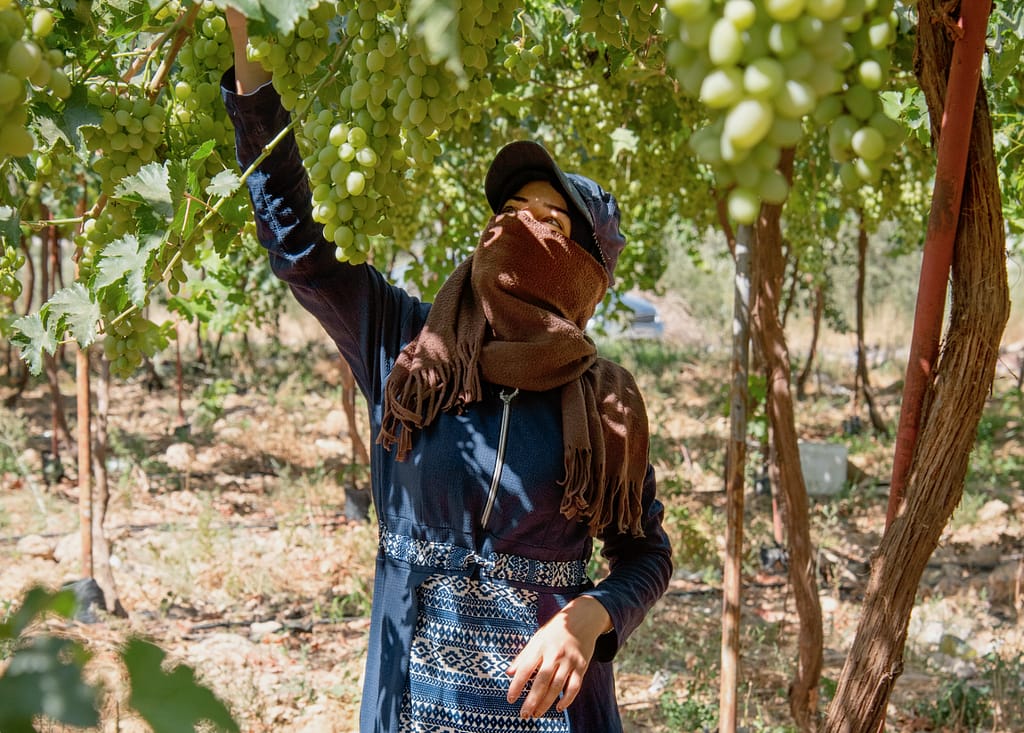
Human Rights Day, which coincides with the conclusion of the United Nations’ 16 Days of Activism Against Gender-Based Violence, serves as a crucial reminder of the persistent violence that women face globally. As climate change impacts intensify, so too does the potential for violence against women, presenting a clear imperative for climate change adaptation programming to be gender-transformative.
Gender-based violence (GBV) refers to harmful acts directed at individuals based on their gender, stemming from unequal power dynamics and societal norms. It includes physical, sexual, psychological, and economic violence, as well as online harassment, human trafficking, and harmful practices like female genital mutilation and child marriage.
A growing body of academic work reveals that climate change, especially in its most extreme manifestations, exacerbates discriminatory gender and social norms, fueling GBV globally. Typhoons, hurricanes, tsunamis, droughts, and floods not only devastate property and displace communities – they also worsen existing inequalities, leaving women and girls at a much greater risk of early marriage, loss of savings and assets, risk of enslavement, trafficking, and sexual exploitation.
There is no shortage of real-world examples. In Ethiopia, extended droughts led to a shocking 119% rise in the number of girls sold into early marriages last year, as families traded them for livestock. In the aftermath of the 2015 earthquake in Nepal, UN Women reported a four-fold increase in human trafficking, affecting between 12,000 and 20,000 women annually.
Unveiled at COP29, the UK and Australian Government supported What Works report revealed that a modest 1°C rise in average annual temperatures led to a 4.5% increase in domestic violence across three South Asian countries. It also found that the influence of extreme heat on domestic violence incidents in Australia was notably greater compared to other types of violent crime, highlighting that rising temperatures exacerbate vulnerabilities for women wherever they are. At the same time, it underlined promising cases where addressing GBV risks can pay dividends for climate change adaptation programming.
Empowered Arab women are strong agents of adaptation
Having dedicated over 15 years to working with community-based organizations focused on climate adaptation throughout the Middle East and North Africa (MENA), we have witnessed firsthand how empowered women can transform entire communities. One particular project stands out: in a village in southern Jordan, a pioneering women-led community organization applied for a grant to establish a revolving fund to finance the installation of 30 small-scale water harvesting systems. This initiative ultimately supported over 1,000 households, demonstrating the resilience and effectiveness of women’s leadership in climate adaptation action.
Recently, the International Water Management Institute (IWMI) facilitated the establishment of an association in Wadi Seer – a village in western Amman – dedicated to revitalizing the area’s ailing water springs. In her inaugural address, the newly elected chairwoman underlined the need for inclusion and sustainability, charting an inspirational path forward for the association’s mission.
Empowering women in the MENA region to take on decision-making roles in land and water management can lead to transformative impacts. At IWMI, we recognize that youth and women are key drivers of change, especially in climate-smart agriculture, where their voices are vital.
Al-Murunah+: Scaling GBV prevention along nature-based solutions
Acknowledging the growing global evidence that inclusive programming is vital for sustainable impact, IWMI’s flagship MENA initiative on resilient nature-based water solutions has transformed into Al Murunah+. Announced at COP29 by UK Minister for International Development, Anneliese Dodds, Al Murunah+ aims to empower rural communities in Egypt, Jordan, Lebanon, and the Occupied Palestinian Territories to implement gender-transformative and resilient nature-based water solutions.
The project will address entrenched social and gender norms that limit women’s agency while promoting education and leadership. By empowering women as decision-makers in resilient nature-based water solutions, the initiative seeks to ensure equal access to resources and opportunities for both women and men, uplifting entire communities. Women trained in sustainable agriculture will be better positioned to articulate their needs and secure crucial resources, alleviating the economic pressure that has historically fallen on men and reducing the risk of GBV.
In the coming months, Al-Murunah+ will investigate how embedding GBV prevention into climate-smart agricultural initiatives can enhance the uptake of resilient nature-based water solutions and promote sustainable development. Based on observations within the communities to date, we anticipate that Al Murunah+ will yield valuable insight. Policymakers, practitioners, and communities must recognize that empowering women and ending gender-based violence is not merely a matter of justice; it is a critical enabler for achieving lasting and resilient natural resource management. Leaders should strive to create frameworks enabling women and girls to access the resources they need to carve out fulfilling lives in climate-resilient communities.
As we explore the intersections of climate change and GBV, it becomes increasingly clear that addressing these issues together presents a significant opportunity for adaptation programming and community resilience against climate extremes. Let us strive for a future where women, like those we met in that Jordanian village, are not just survivors but leaders shaping their own destinies.


